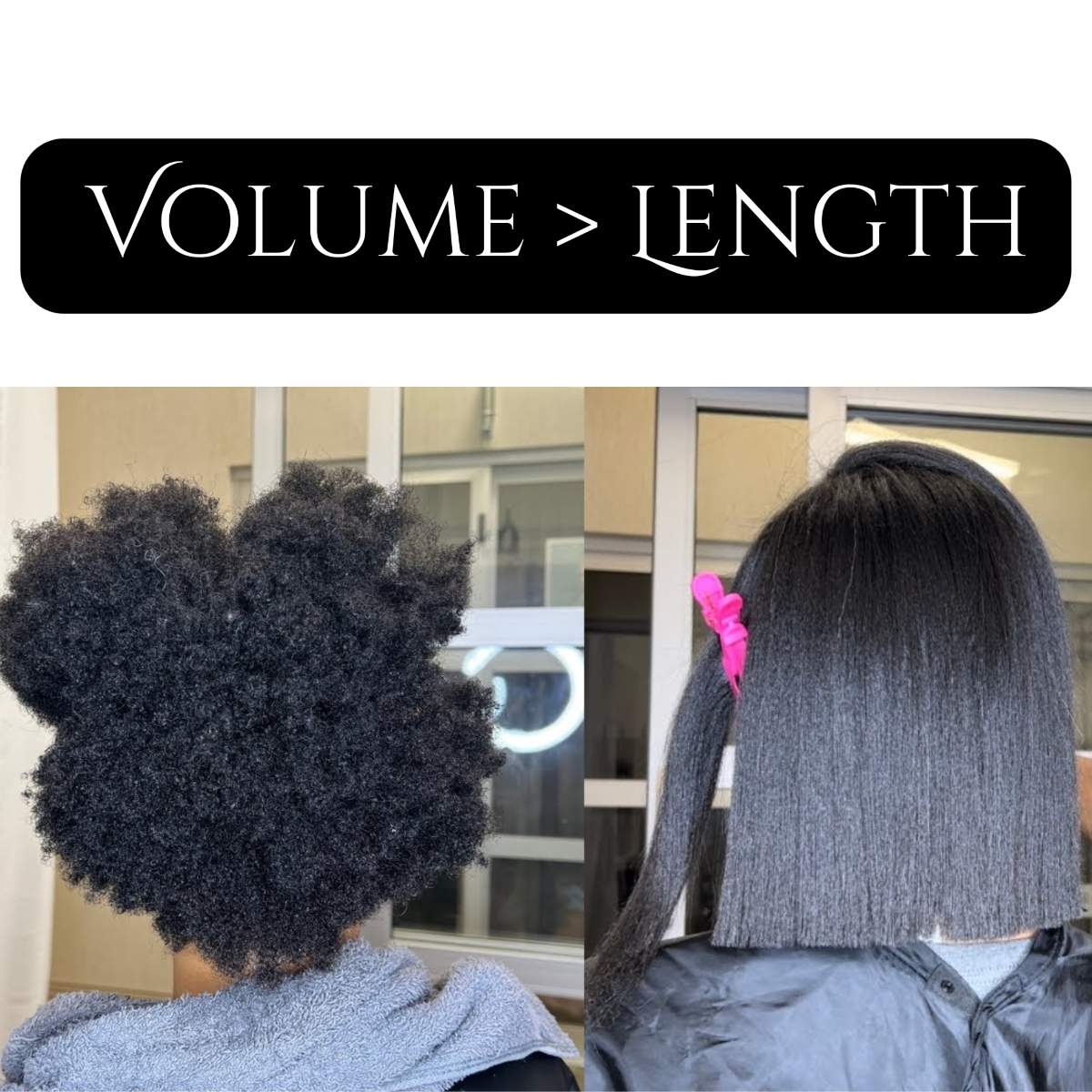Choosing between gel and acrylic nails can be a difficult decision, as both offer long-lasting, beautiful results. The best choice for you depends on a variety of factors, including your lifestyle, nail health, and desired look. Here’s a breakdown of the key differences to help you decide which one is right for you.
What Are They?
-
Acrylic Nails: This traditional nail enhancement is created by mixing a liquid monomer with a powder polymer. The mixture forms a soft ball that a technician can sculpt onto your natural nail or a nail tip. It air-dries to a hard, durable finish.
-
Gel Nails: Gel nails are made from a liquid gel formula that is applied in layers. Unlike acrylics, gel polish doesn’t air-dry. Each layer must be cured under a UV or LED lamp to harden. Gel can be used to create extensions (hard gel) or as a long-lasting polish (soft gel).
Key Differences: A Comparison
1. Appearance and Feel
-
Acrylic: Acrylics are known for their strength and can be made into a wide variety of shapes and lengths. However, they can sometimes look and feel a bit thicker and less natural than gels.
-
Gel: Gel nails have a high-gloss, natural-looking finish. They are more flexible and often feel lighter on the nail, making them a popular choice for those who want a more understated enhancement.
2. Durability and Longevity
-
Acrylic: Acrylics are extremely durable and are a great option for people who are hard on their hands or have a very active lifestyle. They are resistant to chipping and breaking and can last for 3-4 weeks before needing a fill.
-
Gel: While still long-lasting, gel nails are generally not as hard as acrylics. They are more flexible, which can make them less prone to breaking but also more susceptible to minor chips if you’re not careful. Gel manicures typically last about 2-3 weeks.
3. Application Process
-
Acrylic: The application of acrylics involves a chemical smell from the monomer and the process can take a bit longer as the technician sculpts and shapes the nail. No lamp is needed, as the mixture hardens in the air.
-
Gel: The application of gel is odorless and usually quicker because the technician applies the gel and cures it under a lamp for a short time. The process is repeated for each layer until the desired result is achieved.
4. Maintenance and Removal
-
Acrylic: To maintain acrylic nails, you’ll need to go back to the salon for a fill-in every 2-3 weeks to address the natural nail growth at the cuticle. Removal involves soaking the nails in acetone, which can be a harsh and time-consuming process that can sometimes weaken your natural nails if not done properly.
-
Gel: Gel nails also require fills, but their removal process is generally considered less damaging. Soft gel can be soaked off with acetone, and some gels are easier to remove than others. It’s always best to have a professional do the removal to prevent damage to your nail plate.
5. Cost
-
Acrylic: Acrylic nails are typically the more budget-friendly option, both for the initial full set and for subsequent fills.
-
Gel: Gel manicures and extensions often cost more than acrylics due to the materials and the use of the UV/LED lamp.
Which One Should You Choose?
-
Choose Acrylic if:
-
You have weak, brittle nails and need a strong, protective layer.
-
You want dramatic length or intricate, sculpted shapes.
-
You’re looking for a more affordable and durable option.
-
You have an active lifestyle and need a manicure that can withstand heavy use.
-
-
Choose Gel if:
-
You prefer a more natural, flexible, and lightweight feel.
-
You want a high-gloss finish that looks like your natural nails.
-
You are concerned about the strong chemical smell of acrylics.
-
You want a less invasive removal process that may be gentler on your natural nails.
-
Ultimately, both gel and acrylic nails can be a great choice for a long-lasting and beautiful manicure. The best way to ensure a great result and protect your nail health is to have either type applied and removed by a skilled, professional nail technician.



